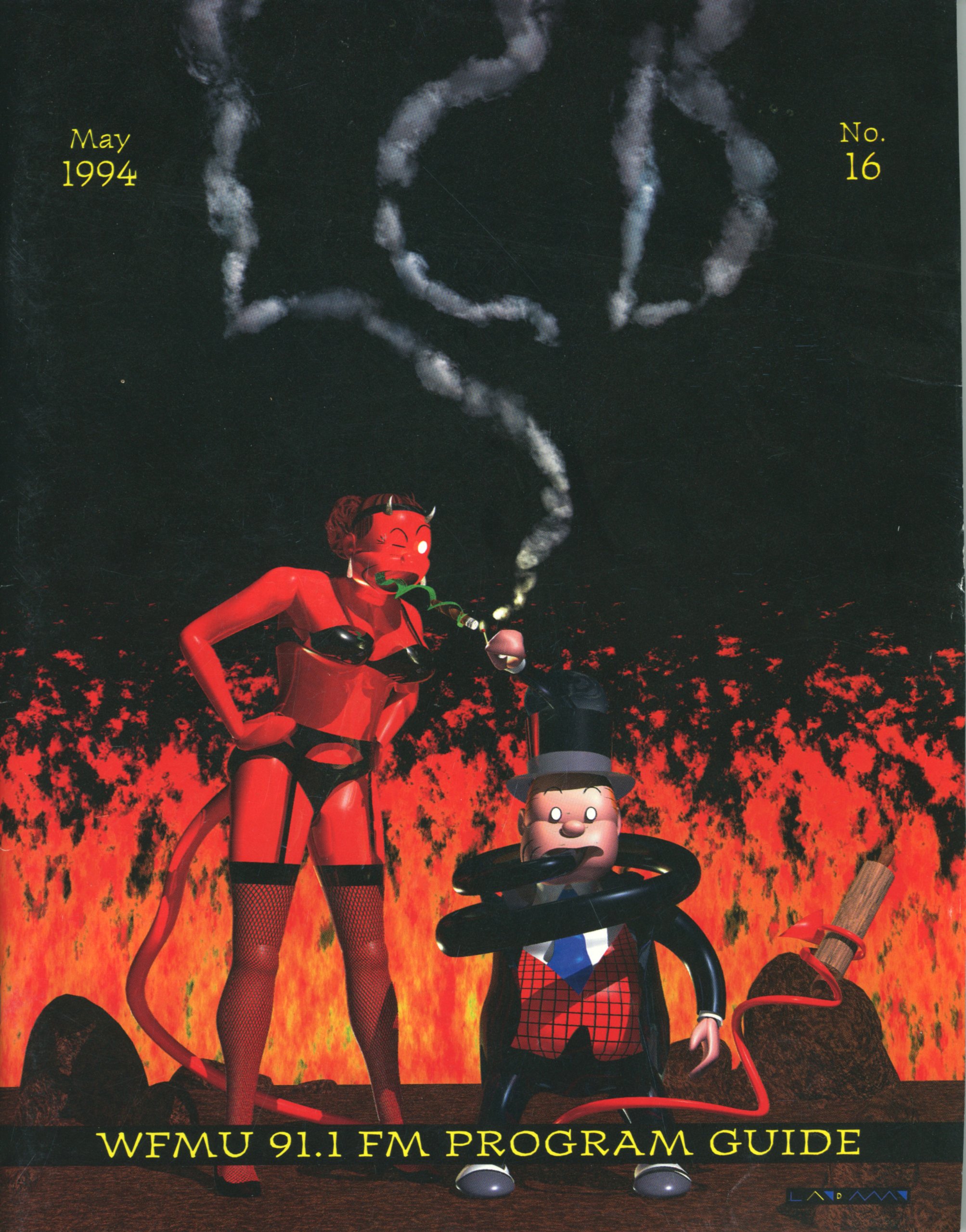Casey O’Callaghan: Sounds: A Philosophical Theory (2007)
Filed under book | Tags: · perception, phenomenology, philosophy, sound, sound recording, synaesthesia, theory

“Vision dominates philosophical thinking about perception, and theorizing about experience in cognitive science has traditionally focused on a visual model. In a radical departure from established practice, Casey O’Callaghan provides a systematic treatment of sound and sound experience, and shows how thinking about audition and appreciating the relationships between multiple sense modalities can enrich our understanding of perception and the mind.
Sounds proposes a novel theory of sounds and auditory perception. Against the widely accepted philosophical view that sounds are among the secondary or sensible qualities, O’Callaghan argues that, on any perceptually plausible account, sounds are events. But this does not imply that sounds are waves that propagate through a medium, such as air or water. Rather, sounds are events that take place in one’s environment at or near the objects and happenings that bring them about. This account captures the way in which sounds essentially are creatures of time, and situates sounds in a world populated by items and events that have significance for us. Sounds are not ethereal, mysterious entities.
O’Callaghan’s account of sounds and their perception discloses far greater variety among the kinds of things we perceive than traditional views acknowledge. But more importantly, investigating sounds and audition demonstrates that considering other sense modalities teaches what we could not otherwise learn from thinking exclusively about the visual. Sounds articulates a powerful account of echoes, reverberation, Doppler effects, and perceptual constancies that surpasses the explanatory richness of alternative theories, and also reveals a number of surprising cross-modal perceptual illusions. O’Callaghan argues that such illusions demonstrate that the perceptual modalities cannot be completely understood in isolation, and that the visuocentric model for theorizing about perception – according to which perceptual modalities are discrete modes of experience and autonomous domains of philosophical and scientific inquiry – ought to be abandoned.”
Publisher Oxford University Press, 2007
ISBN 0199215928, 9780199215928
193 pages
PDF (updated on 2017-8-4)
Comment (1)Alan Lomax: Selected Writings, 1934-1997 (2003)
Filed under book | Tags: · cantometrics, dance, field recording, folk, music, polyphony, sound recording, voice, world music

Alan Lomax is a legendary figure in American folk music circles. Although he published many books, hundreds of recordings and dozens of films, his contributions to popular and academic journals have never been collected. This collection of writings, introduced by Lomax’s daughter Anna, reintroduces these essential writings. Drawing on the Lomax Archives in New York, this book brings together articles from the 30s onwards. It is divided into four sections, each capturing a distinct period in the development of Lomax’s life and career: the original years as a collector and promoter; the period from 1950-58 when Lomax was recording thorughout Europe; the folk music revival years; and finally his work in academia.
Edited by Ronald D. Cohen
With Introductory Essays by Gage Averill, Matthew Barton, Ronald D.Cohen, Ed Kahn, and Andrew L.Kaye
Publisher Routledge, 2003
ISBN 0415938546, 9780415938549
363 pages
Sound Recordings catalog comprises over 17,400 digital audio files, beginning with Lomax’s first recordings onto tape in 1946 and tracing his career into the 1990s
PDF (updated on 2014-11-30)
Comments (2)LCD (Lowest Common Denominator), 18-27 (1997-2001)
Filed under magazine | Tags: · art, community radio, music, music history, radio, sound art, sound recording

“Named the best radio station in America by Rolling Stone magazine four years running, WFMU is considered the alternative radio station. The New York-area noncommercial, free-form station features programming ranging from pure rock and roll to flat-out uncategorizable strangeness such as cooking instructions, off-kilter kids’ music, and spoken-word mash-ups. LCD (Lowest Common Denominator), the station’s program guide–begun in 1986 as a visual counterpart to WFMU’s oddball programming–was a wicked cocktail of satire, cultural news, alternative history, and provocative artwork that quickly gained noteriety and earned its own devoted cult following.”
Comment (0)
